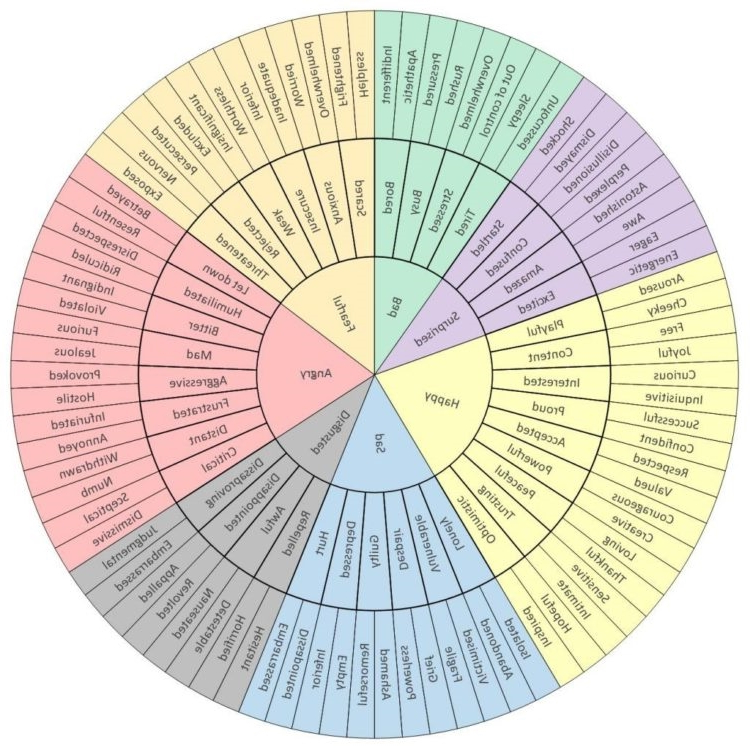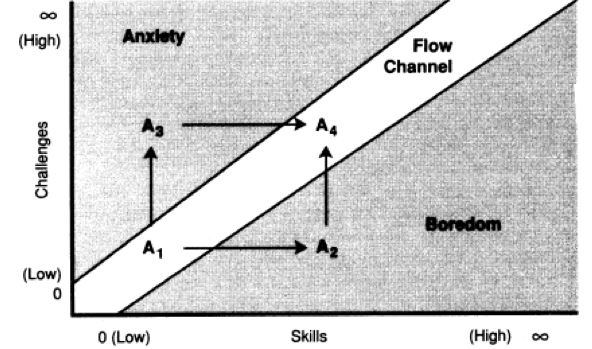1/ Permaculture Principle June, Day4: In light of the many many slugs in my garden, today we bring up a Principle that is rooted in how we use our attention when dealing with situations & the surprises that come up.
Today& #39;s #PermPrin is "THE PROBLEM IS THE SOLUTION"
Today& #39;s #PermPrin is "THE PROBLEM IS THE SOLUTION"
(today& #39;s thread will be a little spread out in time over the day, i have a lot to do this morning.)
2/ Problems were to the ancient Greeks "pro-ballo" that which is "thrown ahead" of us: an obstacle, a projecting promontory in our path. & this is a good place to start. They are the convergence of path, destination, and obstacle.
3/We easily see the problems ahead: people are starving, the current biosphere is dying, too much CO2 in the air, the house gets too hot in the summer, i& #39;m tired, power and resources are inequitably distributed, & any problems you are facing right now in your life...
4/but when a solution is imagined (a farmers market, people need health care, there should be gardens everywhere, what if we put a tree in front of the window) the immediate response is to stay in the "problem space"; new problems & barriers are pictured until we can& #39;t start
5/At one level, all of these awareness are right: we are able to see steps & developments that prevent action: the powers that be are start, people have a hard time changing, we& #39;d have to get a permit or take a class, or find someone who knows how, or the problem IS really big
6/This principle: #TheProblemIsTheSolution, is a forward-momving attitudinal shift that calls us to engage directly with problems and look for their two-sided nature to unlock next steps.
7/The permaculture middle school teacher Michael Becker wanted to have a food-grade lab for the kids where they sold food they made. The administration said "can& #39;t, they would need food handlers cards"
his reponse: What a GREAT idea!
his reponse: What a GREAT idea!
8/Things work both ways, the problems shows us immediately what& #39;s needed. So now the students next step was to get food-handlers cards and learn the science of food safety. What& #39;s the next problem? It get& #39;s exciting!
9/in Therapudic contexts, problems are situations where the context prevents access to solutions. The answers are never to just get of the problem and stay in a better stay, but to open the wall between then & let solutions & solution attitude coexist w the problem.
10/ so you have a problem? How do you know it’s was a problem? &beyond that, how will you know when you are experiencing something better? Feeling that look back at the problem. Has your perspective changed? How do you know? Are you sure?
11/ So there are some fun sayings connected to this.
"You don& #39;t have a grasshopper problem, you have a turkey deficiency."
"You don& #39;t have a slug problem, you have a duck deficiency."
A corollary is that everything is a resource, un-incorporated energy
"You don& #39;t have a grasshopper problem, you have a turkey deficiency."
"You don& #39;t have a slug problem, you have a duck deficiency."
A corollary is that everything is a resource, un-incorporated energy
12/ This is NOT about accepting problems, but approaching them as forces that can be redirected. Kids acting out with their extra energy? maybe putting them to work helping them be useful or getting them out in nature with just enough boredom to start noticing things
13/ sometimes when applying this principle i feel a little emotional kickback. It& #39;s not that we need to change our minds RATHER than act, it& #39;s that we need to change our minds AND act. Cultivating the state of mind that will arise when the problem is solved often is a key to it.
14/ Some "problems" are caused by the imposition of goals without seeing the situation. Sometimes the problems are information that lets you step back and rethink an aspect. I have a story about this.
15/ Once in a community design project, there was one neighbor who came in late & angry- he was going to block the 6 months of community engagement. Our first impulse was to ignore & push ahead with painting a huge sunflower in the street & making kiosks for community sharing.
16/ He was noticeably effective & we started to realize he had been a community organizer 20 years before on some similar projects! We sat down to really talk and hear, dialed back the plans until things were open enough to talk again.
17/When really listened to, we found out that he was a metal worker & really artistic, when asked to contribute and add to it, he ended up designing a giant, metal Fibonacci spiral dome-gate to the site.
18/ Don& #39;t take me for a liberal reformist, sometimes forces are intense. Hurricanes can& #39;t be reasoned with, slugs definitely want to eat my beans, the "marketplace of ideas" doesn& #39;t work when someone wants to kill you; but there are still ways of thinking about utilizing energy
19/if slug-problems need ducks, what do fascist-problems need? or the leak in the roof, gentrification, the deterioration of a problematic democracy, corruption, fatigue, media over-saturation, the weed in the garden? Turning all kinds of problems into solutions is the approach.
20/ One person i think of when i think about embodying this principle it is Michael Becker who I mentioned before. I have never seen someone so able to navigate problems. Every time something goes wrong or someone puts up a barrier, he immediately eats & digests the info
21/ He transformed a middle school science department into a permaculture education center for kids almost entirely by positively listening to the http://problems.Work"> http://problems.Work your time to watch him in some videos: https://www.youtube.com/watch?v=g6hdixTonDg">https://www.youtube.com/watch...
22/ http://cascadia.geog.uvic.ca/content/learning-permaculture-hood-river">https://cascadia.geog.uvic.ca/content/l...
23/ https://vimeo.com/150589994 ">https://vimeo.com/150589994...
24/ https://www.edutopia.org/blog/permaculture-classroom-systems-based-approach-michael-becker">https://www.edutopia.org/blog/perm... …
these are not specifically about this pattern. But everything he achieved came from looking right at the problems raised by administrators & logistic challenges & the problems the kids identified, and turning them on their head.
these are not specifically about this pattern. But everything he achieved came from looking right at the problems raised by administrators & logistic challenges & the problems the kids identified, and turning them on their head.
25/ https://vimeo.com/74904208 ">https://vimeo.com/74904208&...
26/ This is a little meandering today but i have one more point.
One of the best descriptions i ever heard was from a therapist who said that:
"Emotions are a measurement that lets you know the difference between the MAP and the TERRAIN"
One of the best descriptions i ever heard was from a therapist who said that:
"Emotions are a measurement that lets you know the difference between the MAP and the TERRAIN"
27/ You had a plan to get the dishes done, but that sponge just fell behind the counter - the terrain has an impediment that wasn& #39;t on the map & you feel ANGRY
A dear friend dies, your map still has them on it & you are SAD at the loss.
A day exceeds your map, you feel ECSTATIC
A dear friend dies, your map still has them on it & you are SAD at the loss.
A day exceeds your map, you feel ECSTATIC
28/ in Mihaly Csikszentmihalyi& #39;s book "Flow" he talks about flow as a perfect alignment between Difficulty & Skill. When the map and terrain align perfect, we don& #39;t have emotions, we have deep fulfilling sense of focus and purpose.
29/ If Emotions are a measurement of the difference between map and terrain it gives us two aspects that can be worked on when we experience a Problem:
-We can work on the map. Grieving, rewriting the map with loss. Reframing, understanding that sponges fall & being open to that.
-We can work on the map. Grieving, rewriting the map with loss. Reframing, understanding that sponges fall & being open to that.
30/ Alternatively, we can look out at the world. My map says that everyone should have easy access to the full extent of our societies healthcare... In this case the map helps us keep focused on how we change the world. The emotion & awareness of the PROBLEM, is INFORMATION.
31/ So:
-check in w your emotions re: a problem and ask: what does the map say here? what is actually the terrain?
-Check in w how you will know if it is solved, how you will feel in your emotions & body?
-Look back at the problem with the attitude: the "Problem is the solution"
-check in w your emotions re: a problem and ask: what does the map say here? what is actually the terrain?
-Check in w how you will know if it is solved, how you will feel in your emotions & body?
-Look back at the problem with the attitude: the "Problem is the solution"
32/ So much that could be said about this. But like every other principle, let& #39;s really zoom in on it today. What problems are occurring right now. Too many weeds? Look at all that compost? look problems in the eye, say "YES will WILL have to address that!" & the door opens.
33/ Good luck out there folks. LMK if you use this principle today
34/ Other principles will add up for kinds of solutions we will apply. #WorkWithNature is still at play here. We will look at how to minimize work, improve maintenance, deal with disaster, planning for failure, etc but we will always maintain the attitude #ProblemIsTheSolution
35/ Also "The Problem is the Solution" is one way to put it but also: "The Solution is in the Problem", "Turn Problems into Solutions", "Use Problems to Find Solutions"

 Read on Twitter
Read on Twitter







